Let’s dive into the complicated history of the #VolkswagenSP2. The SP2 is one of the most fascinating cars I know – and the most beautiful Volkswagen ever. The whole thing has a lot to do with the history of both #Volkswagen and #Karmann. Karmann built the Karmann Ghia in a former furniture factory in Sao Paulo-Santos between 1961 and 1972. From 1969 onwards, there was the TC, a slightly larger coupé, following a similar recipe to the Ghia, which will get its own feature. And then there was Volkswagen do Brasil, who, far away from Wolfsburg, and under the direction of the later VW boss Rudolf Leiding, presented the “Projeto X” in 1971. Import duties for sports cars to Brazil were high, so it made sense to serve this market differently – and supposedly Leiding was looking for a sports car for his wife. The main designer was a chap called Márcio Lima Piancastelli, a former intern at famous Ghia Turin, whose signature was later to be found on many important VW do Brasil models, like the Gol or the Parati. But the SP2 was his best gig by far!

In 1972, the SP1 was presented first. SP for Sao Paolo, the place of production. Although precisely that is not so simple right now. The SP1/2 was built somewhere between Volkswagen and Karmann – basically based on the Brazilian VW 1600 Variant. Until all this came together, parts, bodywork, in fact everything, had to go through a kind of odyssey between factories. Well, www.vwsp2.de is a brilliant source for SP2 information, let’s hear what they have to say about it:
“A former employee said:
- Large parts made of steel like roof, doors, bonnet etc. were produced at VW do Brasil and delivered to the Karmann Ghia factory.
- Small steel parts were manufactured by Karmann Ghia.
- The body was assembled at Karmann Ghia.
- The body was brought to VW do Brasil and painted there because Karmann Ghia could not deliver the required quality.
- Karmann Ghia did the remaining and finishing work on the body and the assembly of add-on parts on the body.
- The platform with all mechanical parts (axles, engine etc.) was built by VW do Brasil.
- Karmann Ghia mounted the body on the chassis and completed the vehicle.”http://www.vwsp2.de
In the end, the result was a beautiful sports coupé that lacked one thing: sportiness. Especially for the SP1, with its modest 54 hp, the SP quickly became “Sem Potência” – “no performance”. With the SP2, it got a little more roar (1.7) with a whopping 65PS One problem was certainly the weight. With a glassfibre body, everything would certainly have looked very different.




But how is it to drive? Honestly, with getting older and adding weight I don’t care about speed. The sensation is… driving an SP2. Sitting in it, it reminds you more of some sort of british kit car – or a bit like in my old Reliant Scimitar. You just wonder what next will fell off. And you don’t care about all this, because it’s just huge fun to drive. And it really sounds amazing! You might hear me rambling about the gearbox, and it does felt a bit like someone just had thrown a stick into the drivetrain – but that could also be me not handling it proplerly. What else? The clutch travel is as long as from Wolfsburg to Sao Paolo, so the disadvantage of me not being very tall combined with a broken seat adjustment was quite a challenge.
So the SP2 was kept from Europe and many other parts of the world. But speaking of Germany, it might be no suprise, that you will find a few at the Volkwagen Museum in Wolfsburg today. Let’s have look at a small detail. The sort of side trim – it’s a trim part, not a decal or something. And on all colors it seems to be red (don’t get fooled by the red car I drove, someone changed the color of it).
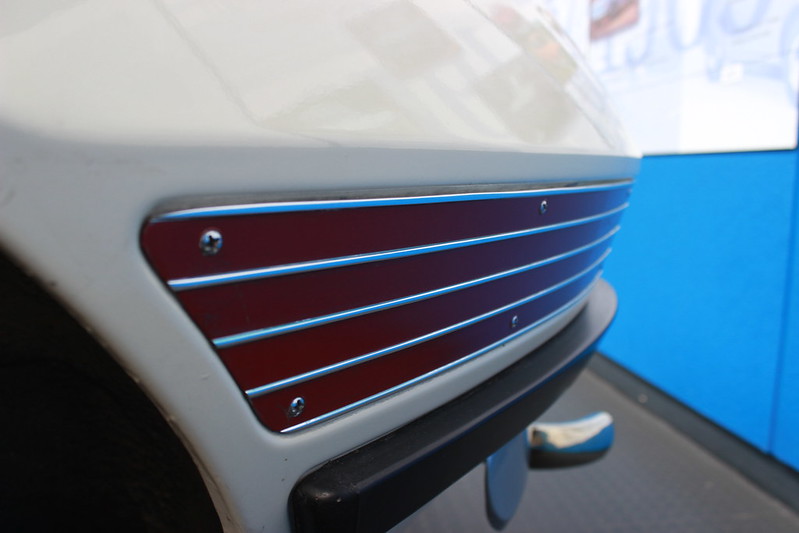
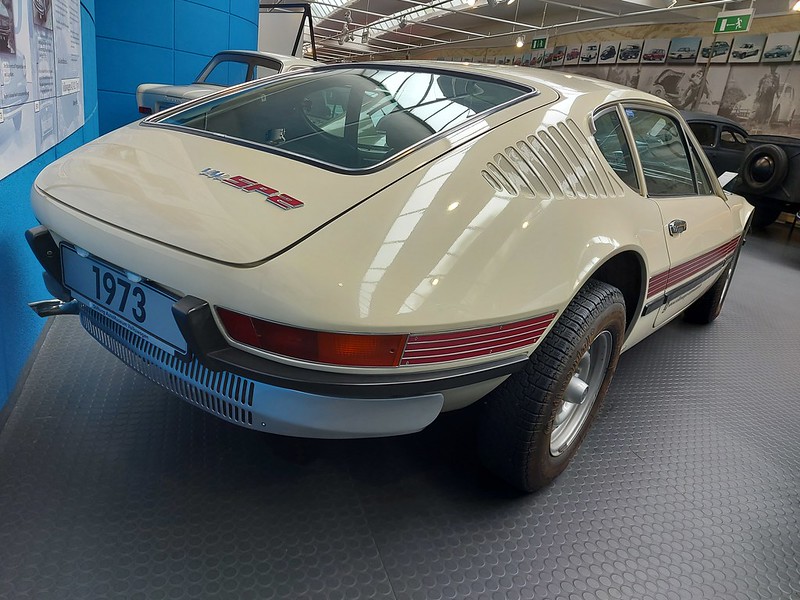
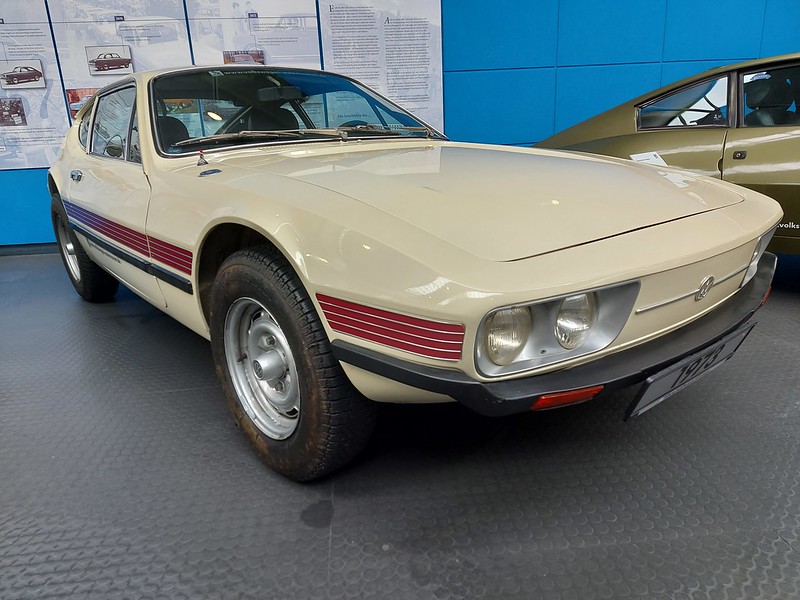
As said, the SP2 suffered from being a quite heavy car – Puma in Brasil did their own take of a VW based sports car. The Puma Coupé used the Karmann Ghia underpinnings as well, was not as heavy as the SP2, thanx to the use of glassfibre, but was not as good looking.
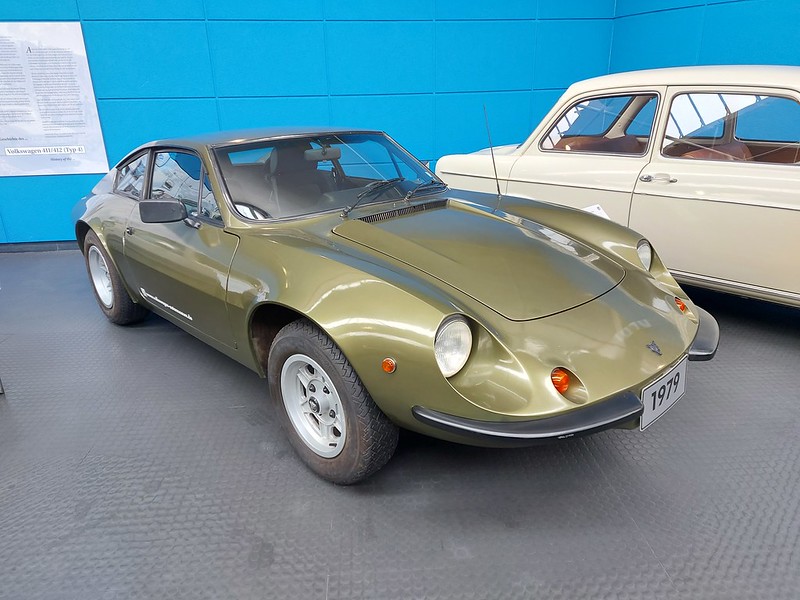
In total, just over 11,000 cars were built. No matter how fast or how slow, its fascination is undisputed. It is perhaps curious that there was a small CKD production in Nigeria – but that’s only the perfect odd information to end this bit about Volkswagens finest.


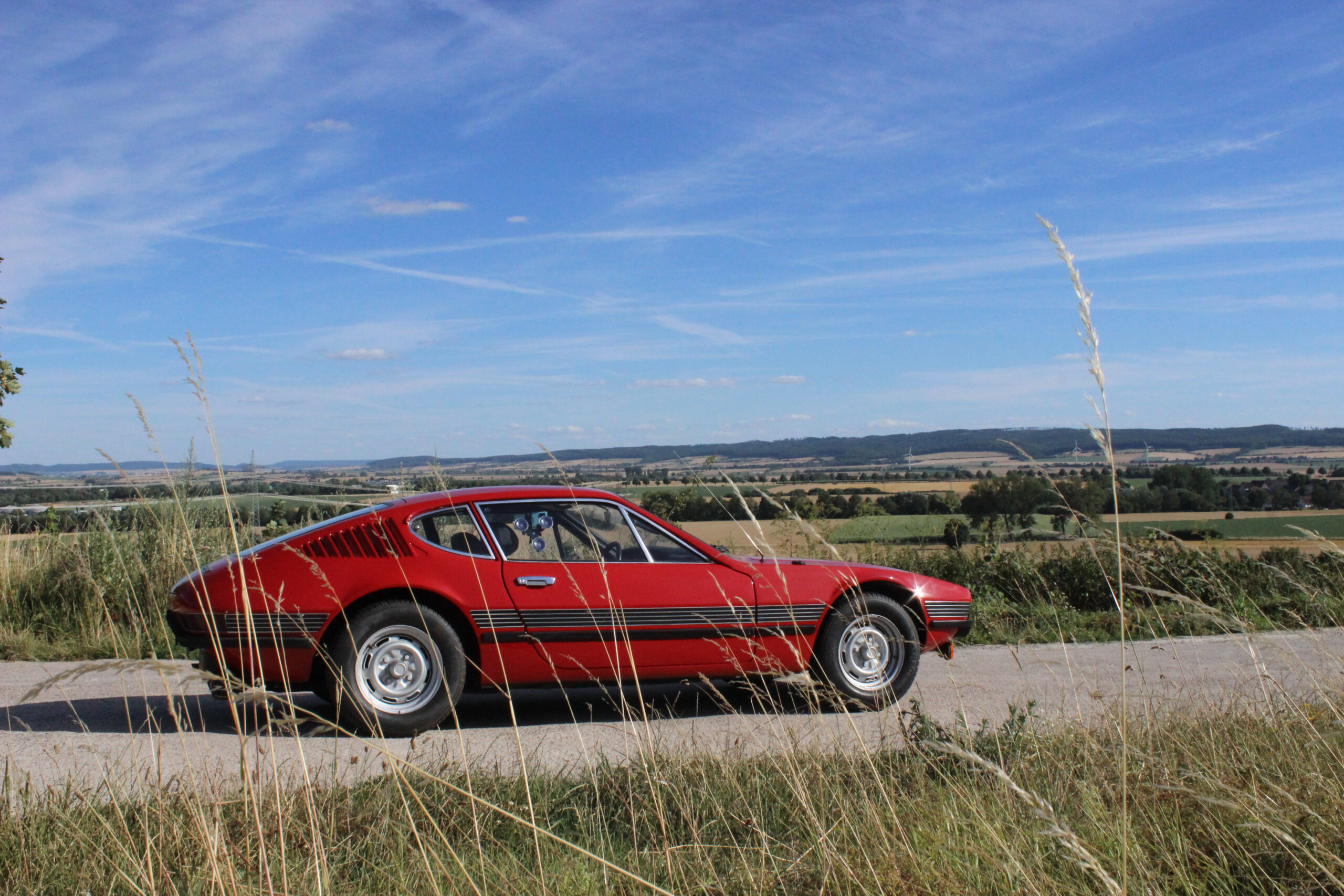

Only Fans is in the making. Literally great content!
A website? So I have to follow you on IG, TikTok, Youtube and here.. please don’t tell me you have…
Absolutely, but when I look at all the Pike-Cars, the Pao remains my abolute favourite :)
The Nissan S-Cargo was also quite a neat design from the 90s. 😊